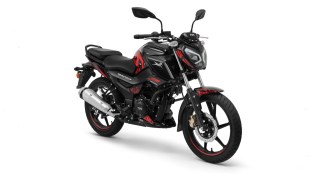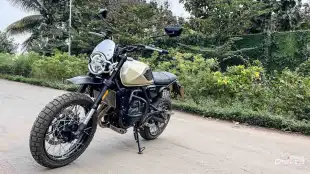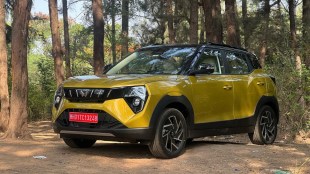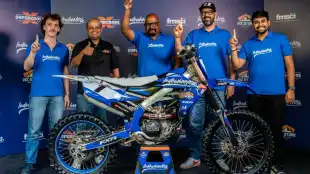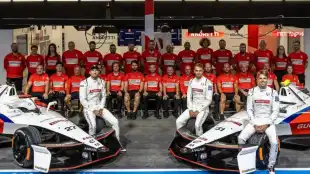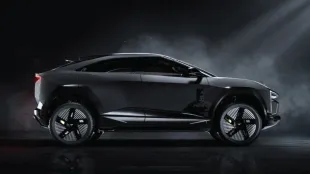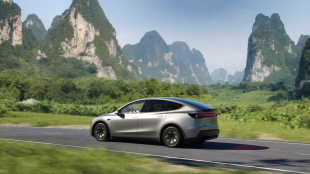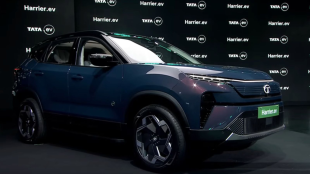
The TVS RTR 160 4V has been in our long-term fleet for a few months now, and it’s one of the three vehicles that TVS have developed closely in association with TVS racing division, aside from the TVS N Torq and the Apache RR 310. The idea of developing a vehicle (not just racing or sports-oriented vehicles ANY vehicle) through the crucible of motorsport is an idea to which I prescribe thoroughly. Most people will say I’m crazy and how in the world can a racing team make a commuter bike or for that matter a scooter better? Well, having spent two months and 1,500 kms on the new Apache RTR 160 4V here’s the answer.
TVS RTR 160 4V Design:
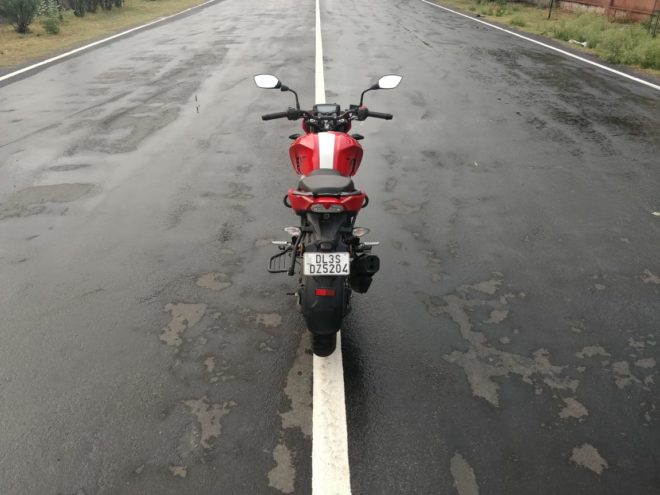
No prizes for guessing that the TVS RTR 160 4V has been largely modelled to be a smaller version of its stable-mate the Apache 200 4V. Hence, both of them share the same tank and more or less similar exteriors details. However, the family lines run a little deeper than that since both bikes actually share their design language with the Draken Concept that was showcased at the 2014 Auto Expo. The underlying ethos for the RTR was to create a motorcycle that could be compact enough to underpin a racing bike, a strong design and an aggressive-forward biased stance, which is apparent from one look at the bike.
What you will need me to tell you is that the extended tank cowl houses ram-air intakes, which not only cuts drag but also controls the flow of cool air over the engine keeping it cool and running as efficient as possible. The tailpiece continues the theme with a flat sharp design. Even the LED headlamps have a forward-biased stance making the Apache RTR 160 look like a quick peppy street fighter with race-y intentions. Which is exactly, what it is!
This is the point where I remind you that had racing not been the primary design influence, it probably wouldn’t have had the lowest Coefficient of drag in its or ram air intakes that ensure not only the oil-cooled engine gets enough cool air but also cuts through air with as little resistance as possible. What this means if you are not interested in lap times is that the RTR 160 will be aerodynamically more efficient and less drag also means more fuel efficiency.
TVS RTR 160 4V Engine:
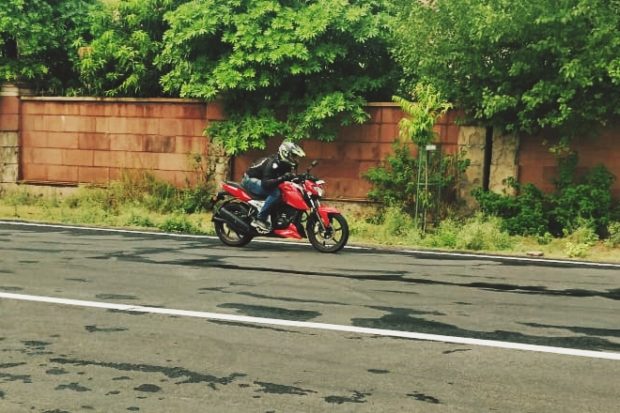
The motor is perhaps the RTR 160 4V’s party piece of the RTR, the 4V signifies the biggest change which indicates that the motor is built around the new four-valve engine platform. The 159.7cc single-cylinder now, thanks to two additional valves, produces a boosted power figures of 16.6 hp in the Fuel injected variant while the carb-fed motor now makes 16.3 hp at 8000 rpm. The peak torque figure stands at 14.8 Nm for both bikes making it the most powerful bike in this segment by quite a big margin. Thanks to all of this, the Apache moves quicker than most vehicles in its class. However, what I really like is duality in terms of nature that the RTR 160 presents. Ride its slowly and it’s a smooth, fuel-efficient and comfortable commuter. Give it a fist full of throttle and it will outpace any bike in its segment and might even keep up with a few bigger bikes.
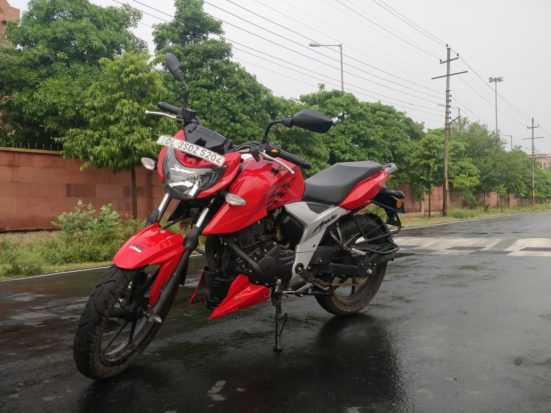
Despite the fact that the RTR 160 has the smallest motor in its stable, the motor benefits from TVS’s patented OC3 oil-cooling technology, which uses the oil to liquid cool the combustion chamber. The cylinders also get Nano-coating to extend the life of the engine and allow it to run at high temperatures for a long time. Both these two pieces of technology, are a direct result of TVS using the same motor on their 165 cc Super Sport bikes (which run a slightly bored out version of this motor), and if you’re wondering whether they have had any success, the 165 cc SuperSport TVS bikes have won 6 consecutive titles at the Indian National Motorcycle Racing Championship.
TVS RTR 160 4V Ride and Dynamics:
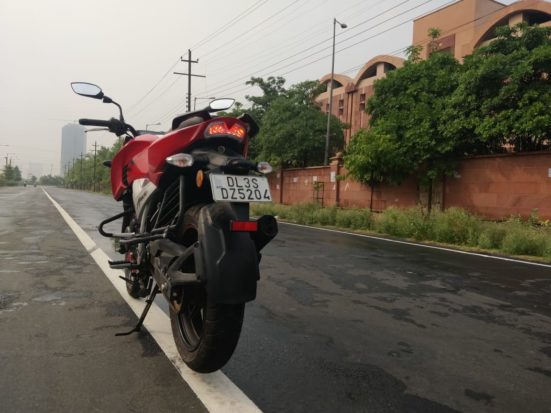
For the most part, the TVS RTR 160 4V is a light flickable street bike, with great handling. It gets a race-inspired split cradle chassis, this means that this particular bike gets a chassis that is 25% stiffer than its predecessor and perhaps the most stable in its class. The chassis is linked with street spec Showa monotube floating piston shock absorber, which has been tuned for compression and rebound damping in cooperation with SHOWA. Add them all together with the Pirelli tyres and the result is a motorcycle that is made for really fast riders. It’s surprisingly precise and considering its sub-150 kilo frame it stays rubber side down at unbelievable speeds allowing you to enter corners much quicker than you would usually dare on a bike this small.
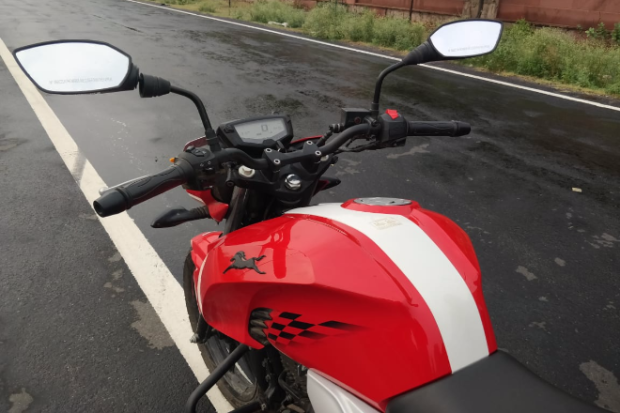
The single piece contoured seat is comfortable whether you’re in traffic or trying to slice some corners. Ride it in the city and your wrists won’t ache, like other bikes that have been designed to go around a race-track. It even does a good job of dispensing rogue potholes, without losing stability, although the reflex from the shocks can be a bit sharp. In terms of riding comfort, the TVS is truly a jack of all trades, but when it comes to corner carving in its class, it’s a true master.
TVS RTR 160 4V Long Term Conclusion:
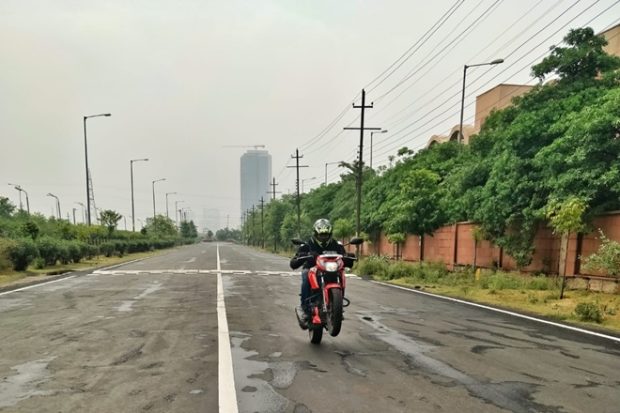
The RTR 160 4V presents a strong case for college goers looking for a first ride that is reasonable to buy, inexpensive to maintain and great to ride. The RTR 160 4V even presents a strong case for the growing breed of budding enthusiasts, stunters and would-be racers out there looking for a nice light friendly bike to learn on, It’s a great commuter and an even better first bike, and most of all it proves my hypothesis that vehicles developed through the crucible of motorsport are just better.
LOGBOOK
Kilometres covered: 538
Fuel consumed: 14 litres
Fuel efficiency obtained: 38.2 km/l
Maintenance Costs: None


